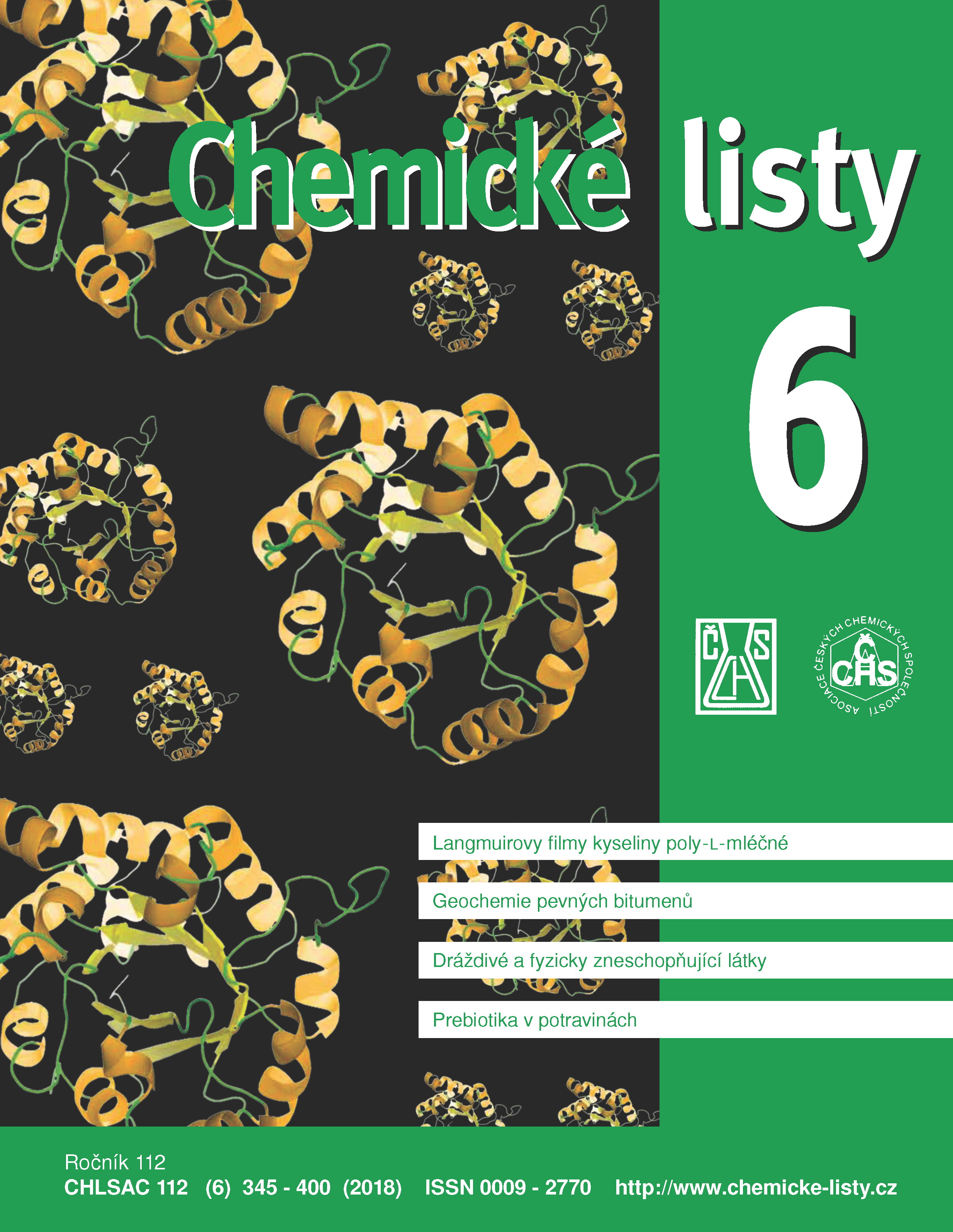Vliv provozních parametrů na výkon a stabilitu vysokoteplotních palivových článků typu PEM
Klíčová slova:
palivový článek, vodík, degradace, membrána, elektrodyAbstrakt
In near future, fuel cells (FC) will play a significant role in the energetic economy. FCs with polymer electrolyte membrane (PEM) represent the most important type because they show a high performance and flexibility. High temperature PEM FC are operated at about 160 °C. Such a high temperature causes, in comparison to low temperature, a higher tolerance against CO in fuel, more efficient use of the waste heat and a higher speed of the electrode reactions. A high efficiency and a long lifetime represent very important benefits here. Therefore it is necessary to better understand the degradation mechanisms in the FC. A study was done of the degradation of individual components of high temperature PEM FC at long-term operation in the galvanostatic mode and at various operating conditions. The FC studied was regularly characterized by basic electrochemical methods. It was found that particles of platinum became larger on both the anode and the cathode, the increase being more marked on the latter. Therefore the degradation is probably due to both sintering and the Ostwald ripening. The Ostwald ripening takes place on the cathode at high electrode potential. It was reflected in a significant increase of the polarization resistance of cathode. A higher activity of oxygen causes a faster increase of the particles of platinum on the cathode. The results also suggest that the degradation of the membrane is more likely when using pure oxygen and the FC operation at a higher current density.





